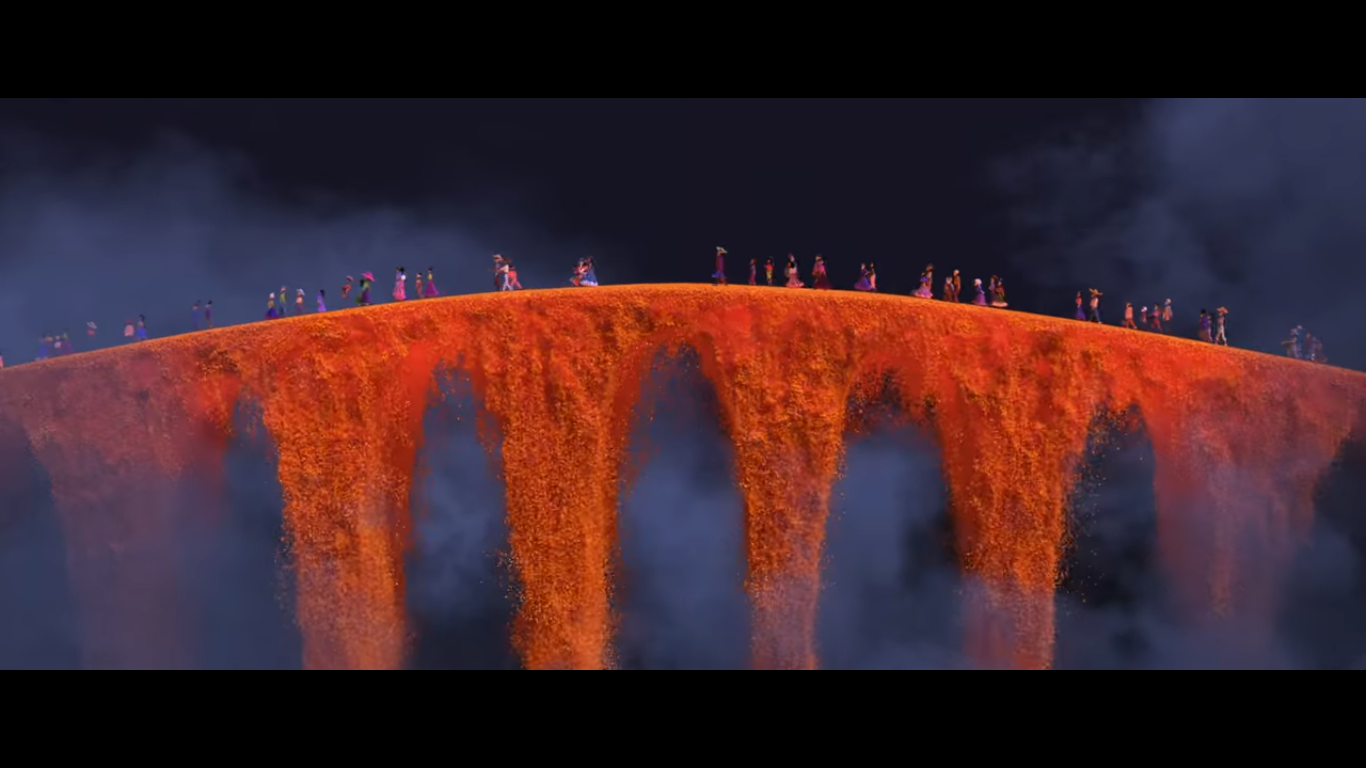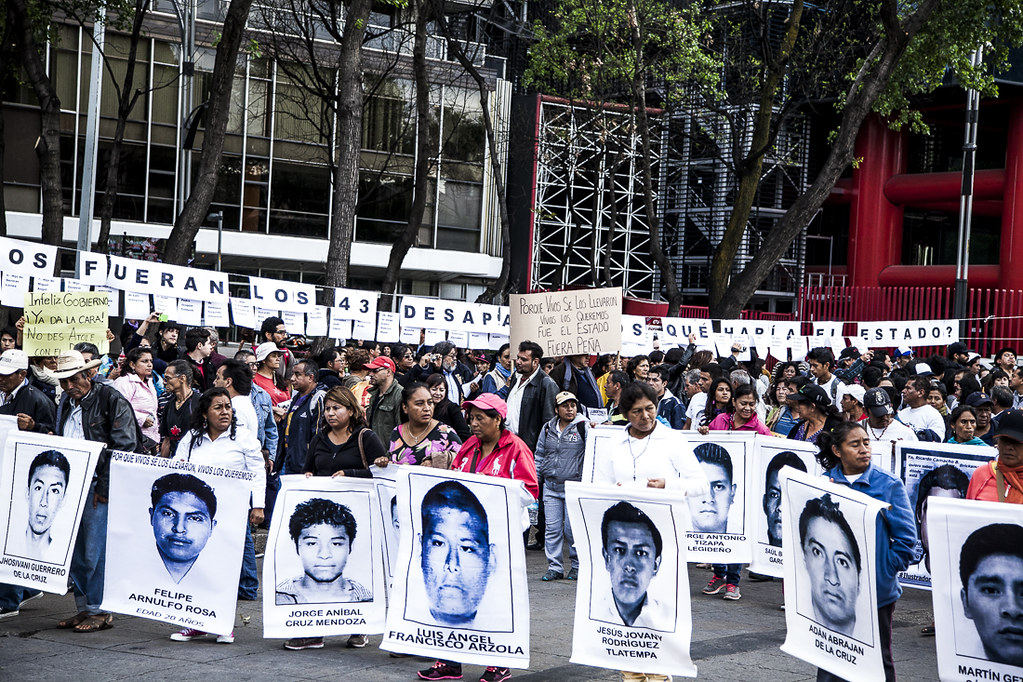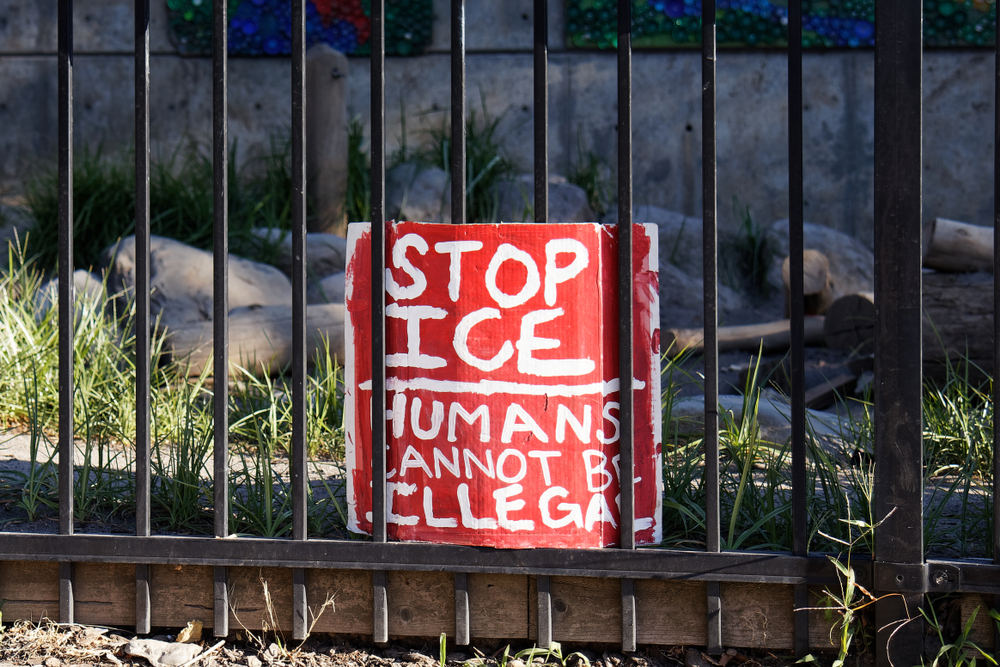Disney’s most recent film, Coco, was the film company’s first foray into Mexico’s rich history and culture with all its vivid colours, delicious food and cobbled streets. It follows the story of a young Mexican musician as he ventures into the underworld with his trusty Xolo guardian Dante, on a quest which eventually reveals a number of truths about his family and the importance of spirits in Mexican culture.
With a Golden Globe Award and an Oscar, the film certainly hit the spot internationally. Mexico’s tourism board (CPTM) have taken advantage of this by creating a specialised “Coco Route,” which will guide tourists across the country in order to catch a glimpse of the ights that inspired the animated film.
Claudia Chávez López, the head of the Secretary of Tourism (Sectur) in the western state of Michoacán – where most of the inspiration from the film came from – told Capital Michoacan that the film had raised interest in the Noche de Animas celebration, a version of the Day of the Dead festivities from Michoacán indigenous groups. Deriving from a mix of pre-Colombus and Judeochristian populations, the event played an important part in the film and involves candles, flowers and other offerings in order to pay homage to deceased loved ones.
“What Michoacán has is pure tradition of more than 200 years, which is passed down from generation to generation,” Chávez explained to MiMorelia. “So the indigenous communities who celebrate the Noche de Animas do so because they believe in it and it is part of their roots.”
The Day of the Dead celebrations have taken place in Mexico since before the Spanish conquered the region, and have its roots in pre-Colombus indigenous populations, who celebrate and remember their dead each year with parades, flowers and candles. The Coco film seduced its international audience with its colourful and heartwarming depiction of the festivities, which can be seen in reality across Mexico.
So, where does the “Coco Route” take the avid fan?
Pátzcuaro
A small town on the edge of the Janitzio lake, Pátzcuaro starts their celebrations from Oct. 31. Indigenous families, called purépechas, travel to the cemetery to honour their dead with mexican flowers, candles and food prepared especially for their loved ones.
Isla de Janitzio
Purépecha legend has it that on this island, in the middle of the Janitizio lake, two spirits return at the beginning of November.
Princess Mintzita and Prince Itzihuapa fell in love on the shores of the Janitzio lake, but were unable to marry due to the arrival of the Spanish conquistadors, who kidnapped Mintzita’s father, King Tzintzicha. In an attempt to save him, Mintzita offered the conquistadors the fabulous – but cursed – treasure at the bottom of the lake. Itzihuapa took the Spanish out to the right point in the lake, but was drowned by the rowers in the boat. His spirit then became the twenty-first guardian of Janitzio treasure. Mintzita spent the rest of her life waiting by the lake until she too, passed away.
Legend has it that on the day where the dead return, Mintzita walks the lake’s shore with tears in her eyes, waiting for her lover to appear from the depths of the water.
On the shores of the lake, the townspeople leave candles that light up a path for the dead.
Tzintzuntzan
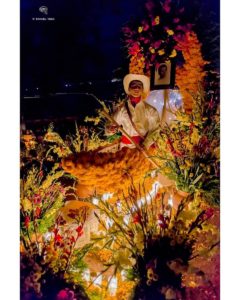
Photo courtesy of Twitter @gordaentobogan
The celebrations of this town have been labelled a UNESCO site of Cultural Heritage for Humanity, and it is one of the most important places for the Purépecha people. As well as the flowers and candles that play a part in most Day of the Dead celebrations, there is a representation of an ancestral ball game with a fiery ball that illuminates the path of the dead to the cemetery.
San Juan Parangaricutiro
This ancient town was buried in the explosion of the Paricutín volcano, and the villagers, unwilling to move away, built a new town nearby called Nuevo San Juan. The old church is half buried in rock from the eruption, and served as the inspiration for the church in Coco.
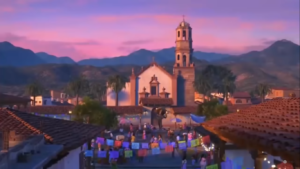
Church in Coco. Photo courtesy of YouTube
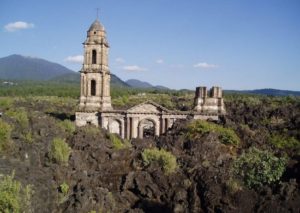
Church buried by volcano explosion. Photo courtesy of Twitter @outxfworld
Santa Fe de la Laguna
Ketzitakua is a purépecha word that describes the festivities surrounding the Day of the Dead, and roughly translates to “put something on the table.” Families create shrines in their houses and relatives bring food and drink to offer to them. Relatives, friends and loved ones can give offerings throughout the town as people leave their doors open for anyone to visit.
Arócutin
Just seven kilometres away from Patzcuaro, the centre of the town has the ancient temple of Nuestra Señora de la Navidad (Our Lady of the Nativity), which was created at the end of the 16th century. In October the townspeople create a large arc of flowers in the shape of a church at the temple, which signifies the beginning of the festivities.
Paracho
This town is famous for its artesanal instruments, and creates 900,000 wooden instruments a year. It is also where the white guitar from Coco was created by Gérman Vázquez.

The famous guitar in the film. Photo courtesy of YouTube
Morelia
The Capital of Michoacán, the city has a plethora of things to do until the Nov. 3 or 4. Thousands of people dress up as skeletons – which strongly inspired the costumes in Coco – in the Feria de Catrinas, as well as exhibitions, offerings, and artesanal crafts on offer throughout the city.
The Day of the Dead has been a tradition in Mexico for hundreds of years, although its popularity in western culture has increased significantly since the creation of international films such as James Bond’s Spectre and Disney’s Coco. Although the two films have been criticised for created a Hollywood-ised version of the festivities – the Mexico City parade only started as a result of the James Bond film – it is undeniable that the colours, skeletons and general atmosphere can captivate even the most hardened cynic.


